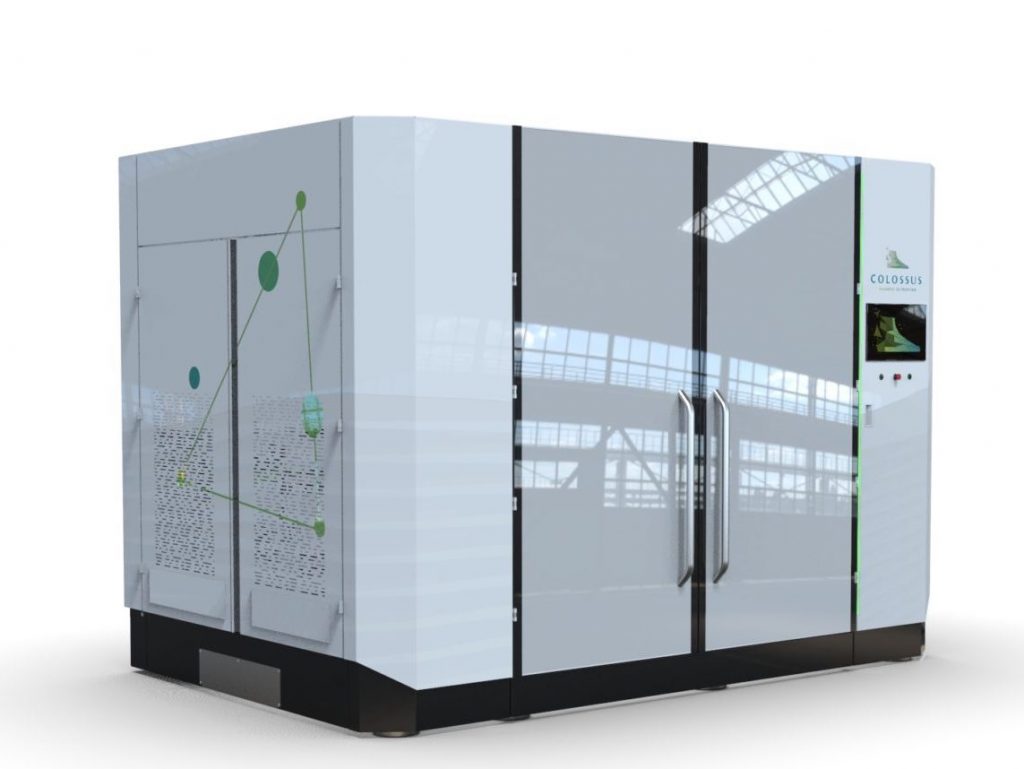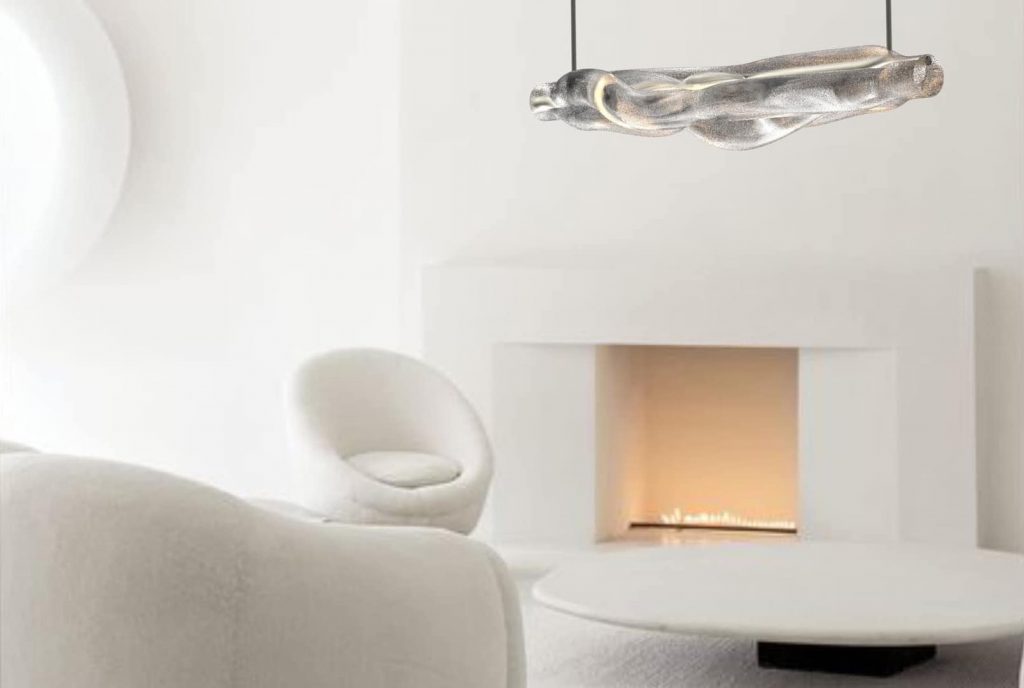Voting for the 2021 3D Printing Industry Awards is now open. Who do you think should receive top honors this year? Have your say now.
Dutch filament developer colorFabb has revealed that it is working with system manufacturer Colossus to create a version of its ‘LW’ foaming material that’s compatible with Fused Granulate Fabrication (FGF) 3D printing.
First introduced in 2019, colorFabb’s PLA-based LW range incorporates an active-foaming technology, that allows users to FDM 3D print lightweight, low-density parts. The firm’s latest variant, which is set to be marketed with Colossus’ new XS system, is designed to take these features to the next level, and use FGF’s multiple heating zones to enable the more rapid, material-efficient production of components.
“The first time we encountered the LW material range, we immediately recognized the opportunities it would bring to the FGF market,” explains Colossus CEO Philippe-Daniel Merillet. “Imagine [applying] the principle of printing twice as fast or twice as light to large-scale industrial systems. Printing and alternating these effects with the same pellets, machine and even G-code. It’s revolutionary.”
colorFabb lightens things up
Founded by Helian Polymers CEO Ruud Rouleaux in 2012, colorFabb was launched on the back of a newly-developed PLA that, once heated, foams to increase its volume by nearly 300%. Said to allow users to reduce their material output by 60%, an updated ‘LW’ version of the polymer is now marketed by the firm alongside an ASA edition, as well as materials from the likes of DSM, LEVHOSS, NinjaTek and Igus.
Over the years, the company has steadily ramped up its commercial activities, unveiling a new Belfeld HQ in 2017, before adding various filaments including the polyester-based nGen_LUX and varioShore TPU to its material portfolio.
ColorFabb has also embraced partnerships with fellow material manufacturers as a means of developing new polymers, and in the last four years, it has managed to collaborate with Robo3D to this end, as well as co-creating a carbon fiber-infused polyamide with LEVHOSS, which was said to have PA6-like properties, but with enhanced printability.

Bringing ‘LW’ to FGF users
In its latest collaboration, colorFabb is now seeking to combine its polymeric expertise with the processing knowhow of Colossus, to formulate, test and adapt a stable FGF-3D printable compound. In essence, developing such a material could be advantageous, in that FGF systems feature several heating zones, which can potentially be configured to allow foamed materials to quickly reach full expansion.
“The amount of energy the filament can absorb during printing depends on the length of the hot-zone and the time it takes for the filament to pass through,” adds Merillet. “The longer a filament resides inside the hot-end, the more energy it can absorb. Assuming nozzle size and layer height are fixed, the main input variables are temperature, speed, and flow to determine the amount of expansion.”
Initial testing is said to have yielded positive results, with the firms achieving layer heights of 1cm using an 8mm nozzle, although they maintain that the “limits of the material have not yet been reached.” Once ready, the polymer will be marketed by Colossus along with its new XS Series, a 1600 x 1200 x 1300mm WEBER extrusion-powered FGF system, that is soon set to be joined by a ‘containerized’ version.
When used with Colossus’ XS Series, Merillet believes that the upcoming FGF-compatible material will ultimately enable 3D printing providers to produce parts with “exceptionally high-layer heights,” while reducing their manufacturing costs.
“In print services around the world, cost is a function of material price plus printing time. Higher layer heights allow for reduced print times,” concludes Merillet. “It’s like having a 4.5K/h extruder capable of 9k/h, and the ability to print only percentages of the normal weight, what’s not to love? It will change the way people print from this moment onwards.”

FGF’s large-format potential
Given its lightweighting potential, ColorFabb and Colossus’ new material couldn’t have come at a better time for FGF users, as the technology continues to find large-format applications. DSM’s Resins & Functional Materials unit, which was recently acquired by Covestro, has been central to experimenting with such use cases, and it partnered with JuggerBot 3D to further its testing regime last year.
Shortly afterwards, the company announced a collaboration with Nedcam as well, in which it agreed to support its partner’s large-scale commercial FGF printing services. Specifically, DSM’s material division committed to help develop and test new FGF materials, processes and applications within the marine, energy, construction and infrastructure sectors.
Jabil subsidiary, Jabil Engineered Materials, has also carried out FGF R&D of its own, by working with Titan Robotics last November to advance the capabilities of the technology for industrial applications. The firms have not only managed to qualify Jabil’s fiber-reinforced nylon composite for Titan’s pellet-based extrusion Atlas 3D printer, but committed to continue developing materials for the platform in future.
To stay up to date with the latest 3D printing news, don’t forget to subscribe to the 3D Printing Industry newsletter or follow us on Twitter or liking our page on Facebook.
For a deeper dive into additive manufacturing, you can now subscribe to our Youtube channel, featuring discussion, debriefs, and shots of 3D printing in-action.
Are you looking for a job in the additive manufacturing industry? Visit 3D Printing Jobs for a selection of roles in the industry.
Featured image shows Colossus’ XS Series 3D printer in-action, design by Joachim Froment. Photo via Colossus Printing.



